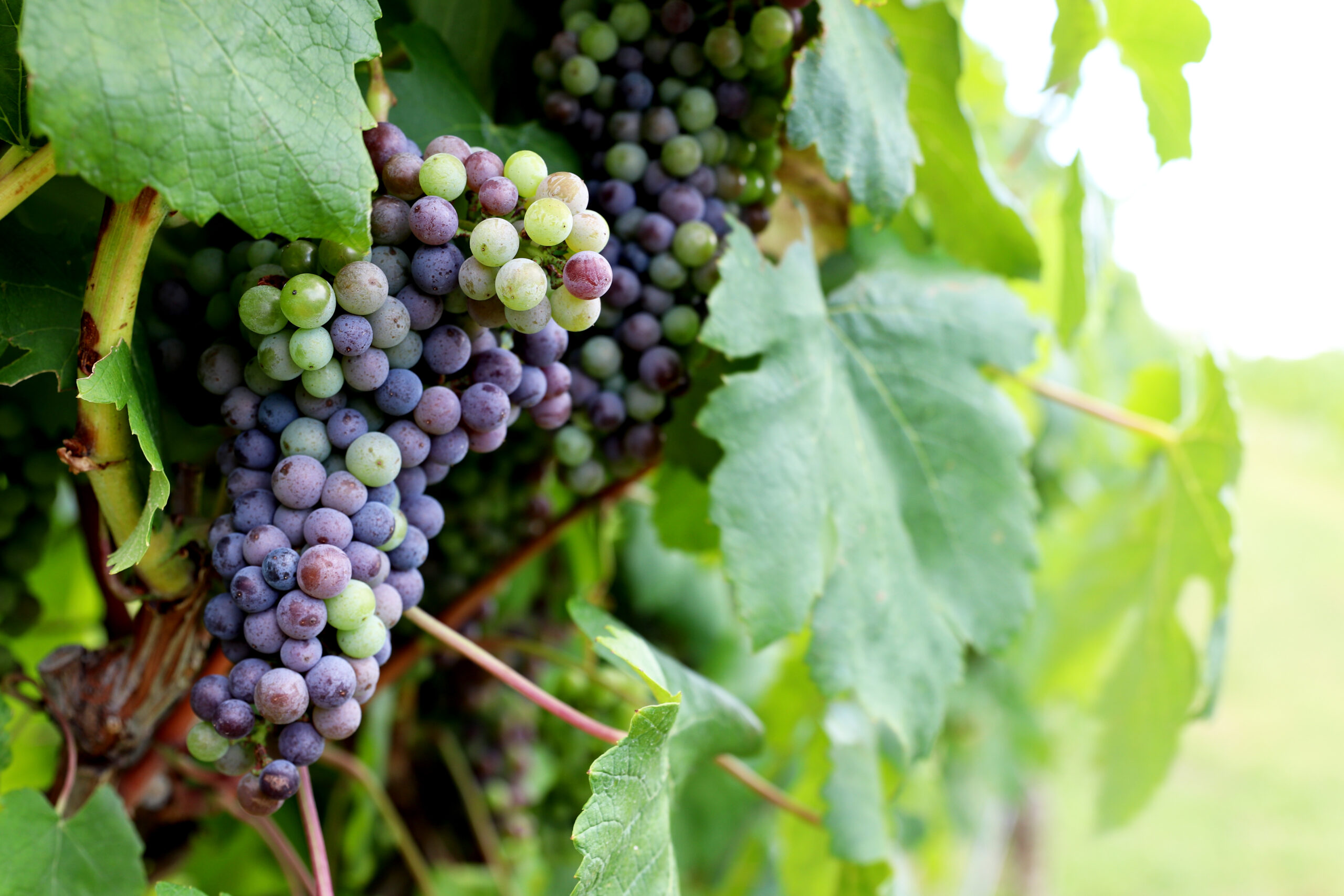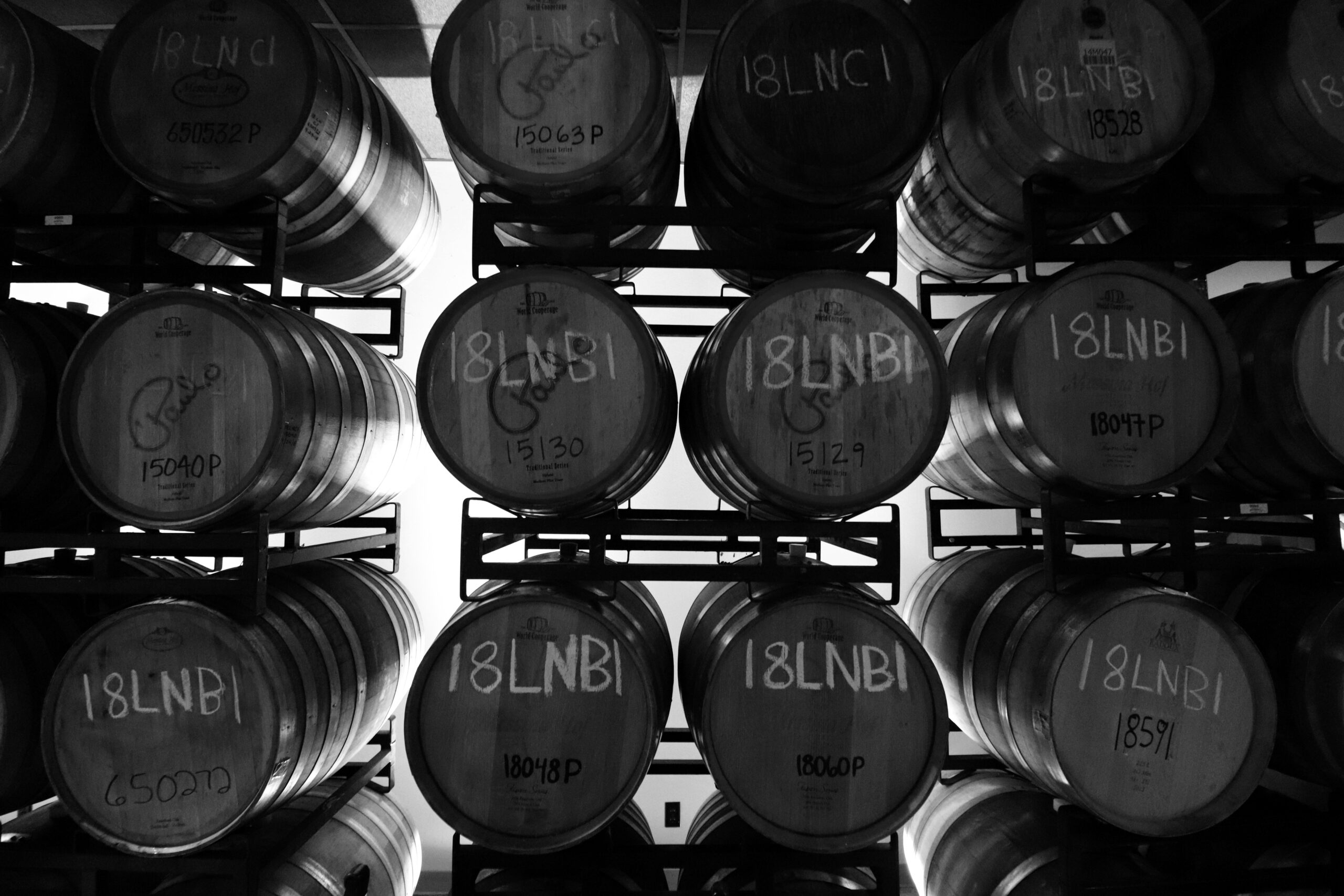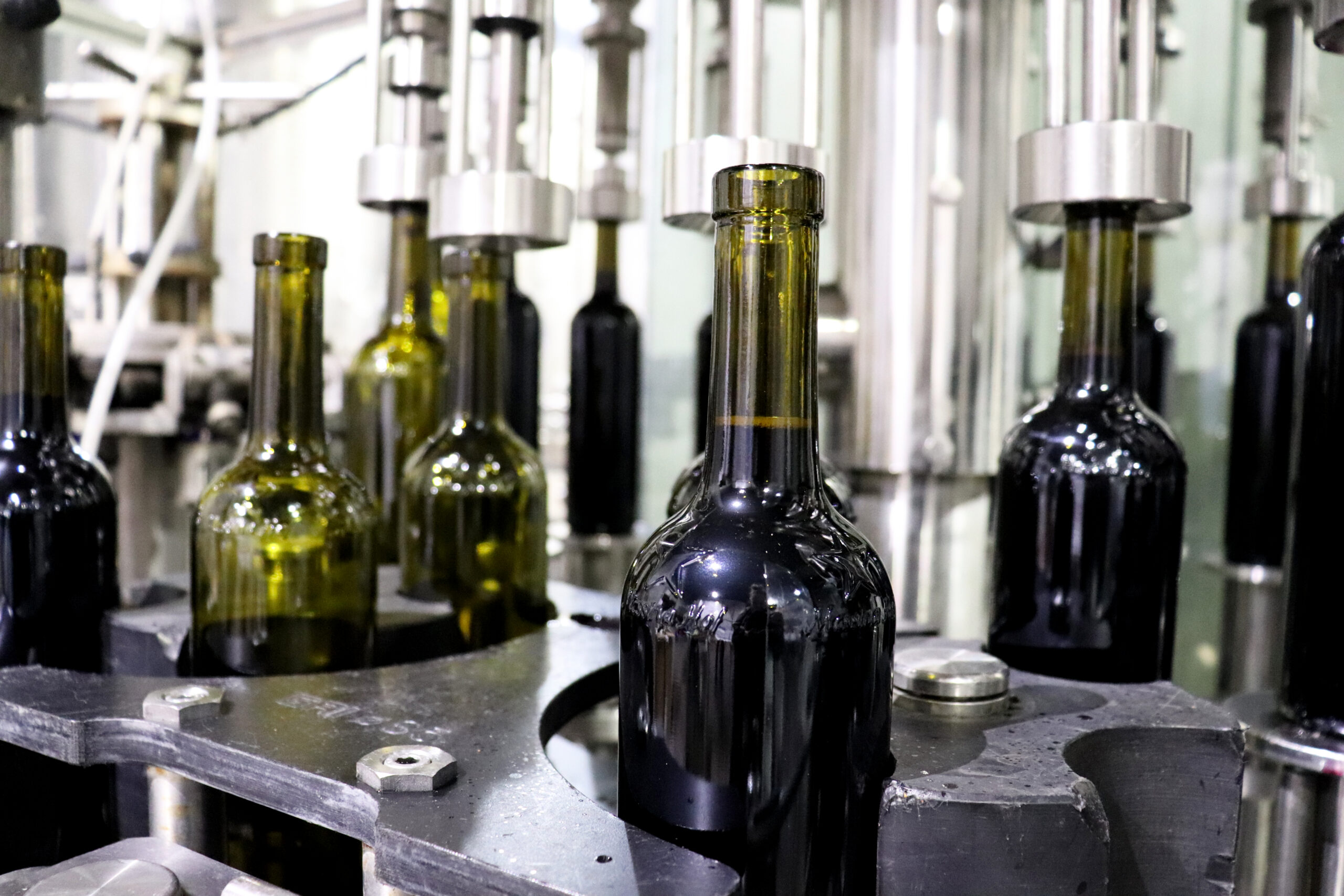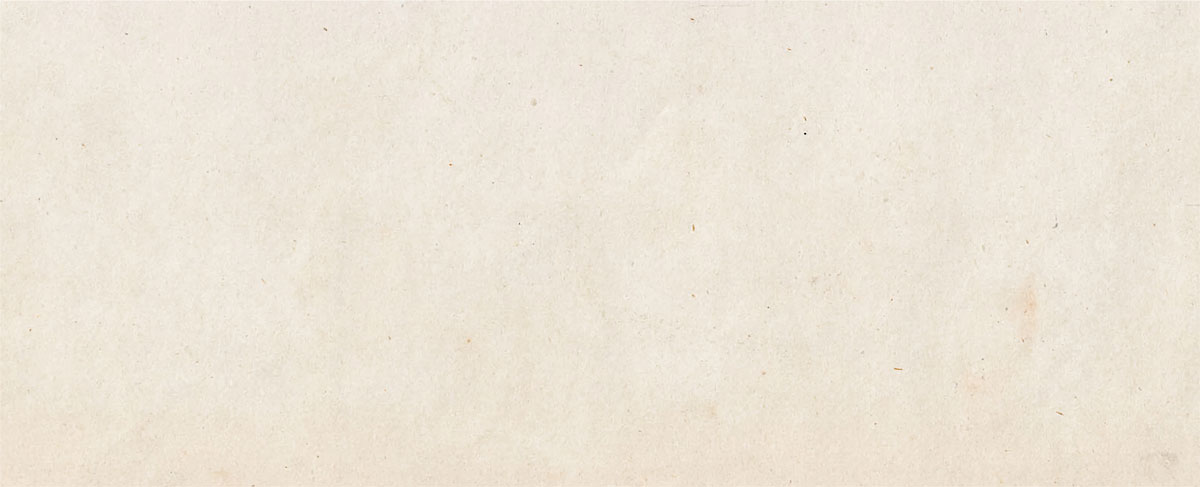Lifecycle from Grape to Glass – Vine Flowering is Here!
04.28.23
As spring showers bring May flowers, our Estate vineyard is bursting with life! Our vines are getting taller every day and looking as picturesque as ever. We are currently in the vine flowering stage of the vineyard lifecycle, which is the most delicate phase.
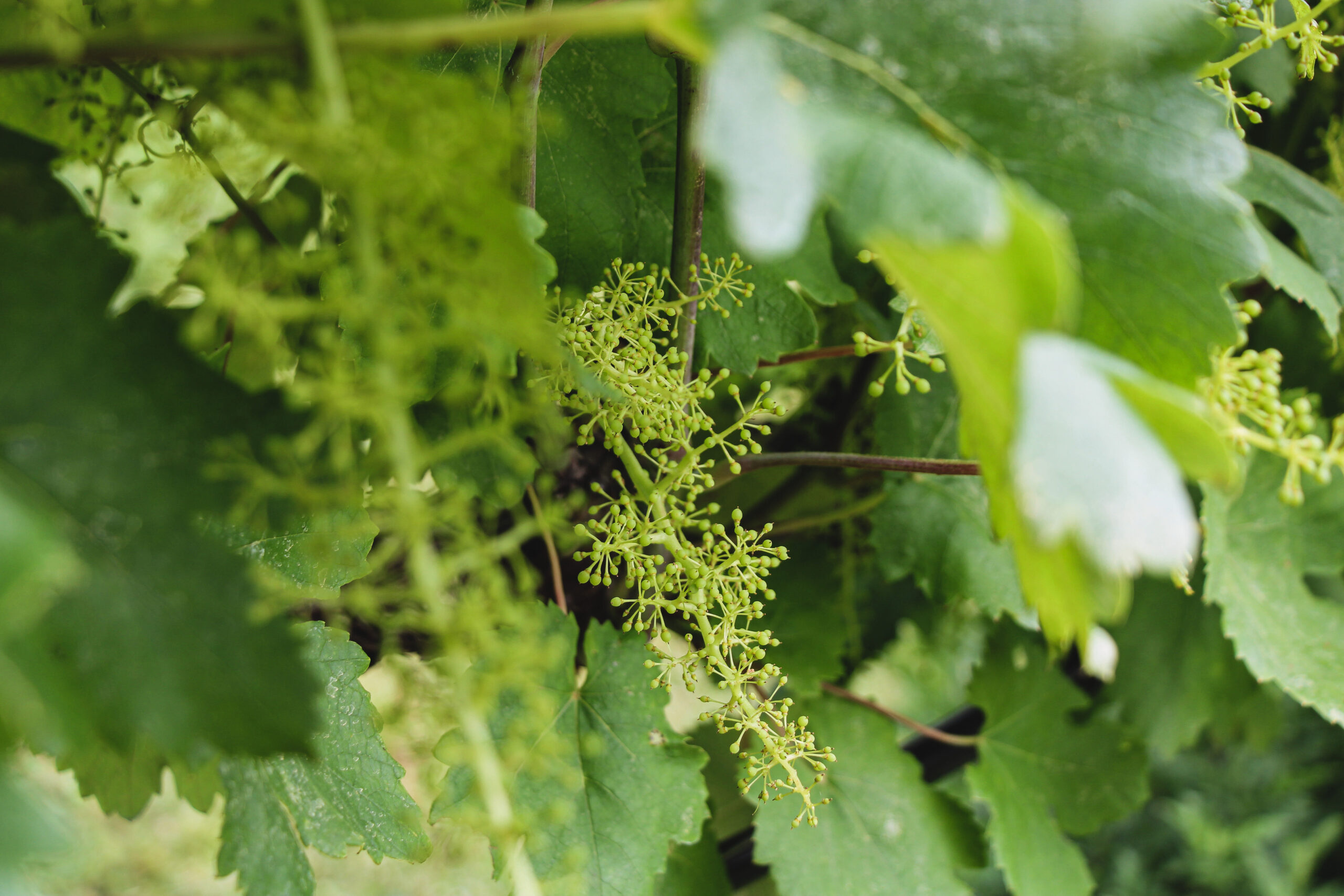
Each flower that develops after bud break will give way to a small, green berry that will eventually become a grape we use to make our wines. However, the flower is susceptible to a multitude of factors such as rain, wind, and hail. These elements can rapidly disrupt the vine flowering pollination process. While the winemaker is able to use discretion to ensure harvest season is a successful one in most other phases of the grape lifecycle, this phase is entirely dependent on the elements. Since vine flowering only happens once a year there is a risk that only half or even one-third of the vines will fully develop due to weather conditions.
We are happy to say we are seeing a successful vine flowering cycle and we can’t wait for this year’s harvest! Over the next few weeks, the grape clusters will continue to grow, and veraison will start during the warmer summer months.
You have the opportunity right now to celebrate the budding of the vines at our 39th Wine & Roses Festival next weekend. It’s all about wines, vines, and springtime – you don’t want to miss this!
Here is a breakdown of the lifecycle from grape to glass:
Bud break: The first sign of life after a dormant winter.
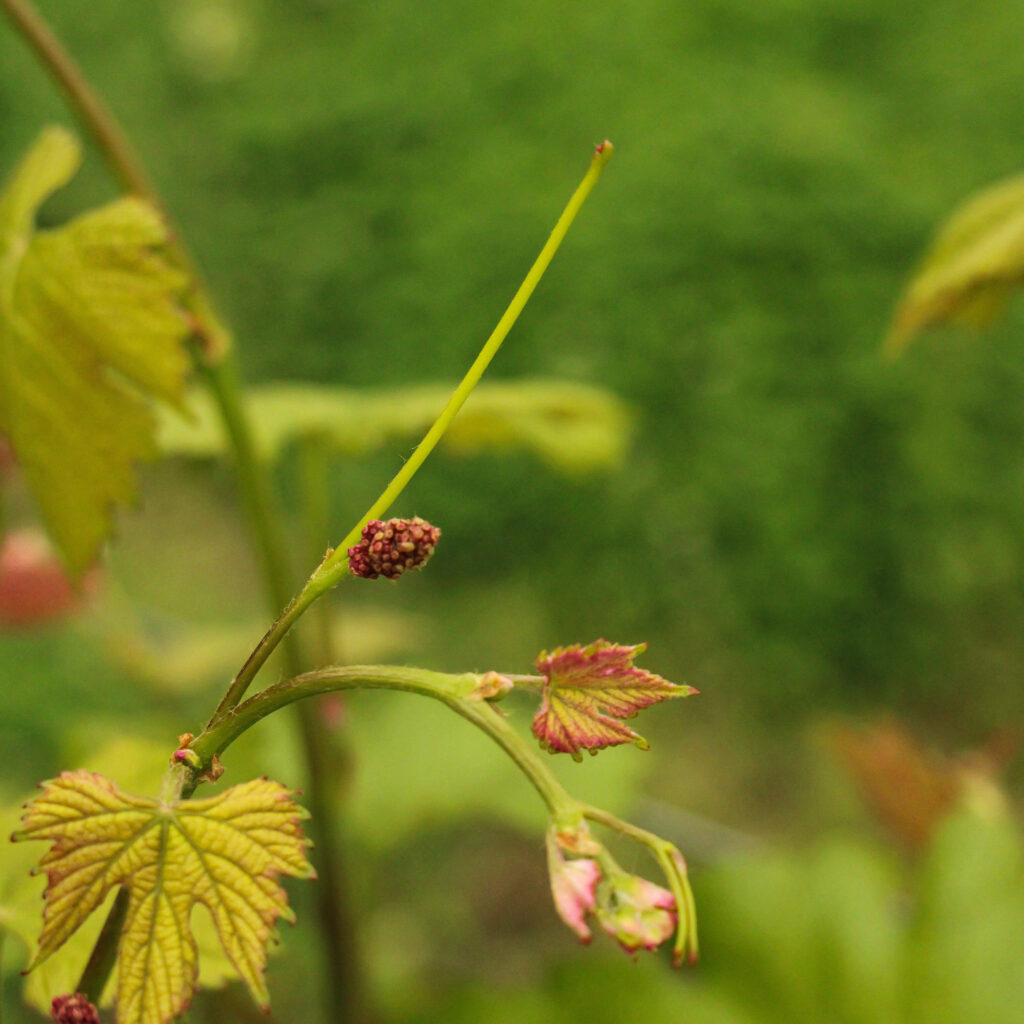
Vine flowering: Small shoots that will eventually turn into grapes, burst forward with small white flowers. This will begin a fruit set that takes the form of a green grape berry around the seed to protect it.
Veraison: The fruit set then begins to ripen and darken as the sun develops sugars and deeper colors on the grape.
Harvest: When the grape is fully ripe, it is picked off the vine and crushed to release the juice.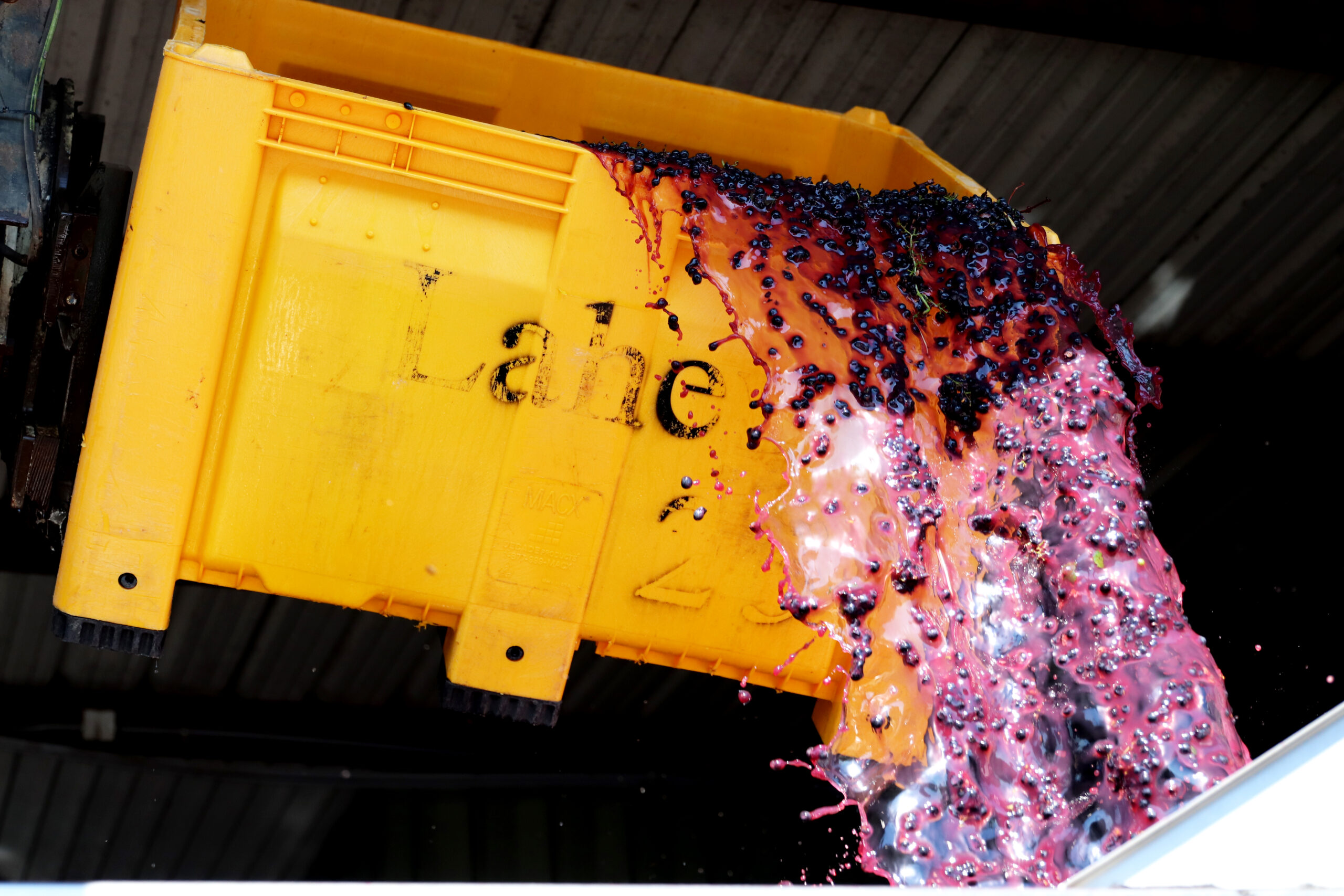
Fermentation: Once the juice is collected, yeast begins to eat the sugar inside, converting it to alcohol. Wine is created!
Barreling: To add more complexity and to soften the structure, juice is poured into barrels. The wine ages for a period determined by the winemaker. Wine can age anywhere from months to years. It just gets better with time.
Bottling: Once the wine has aged, it is then bottled and labeled. Time to pop the cork and enjoy with family and friends!
